
Fifteen years from now, graduate business school students seeking a PhD in medical economics will write dissertations on the topic of proton therapy and its place in the health care reform efforts of the 2010s

Your AI-Trained Oncology Knowledge Connection!

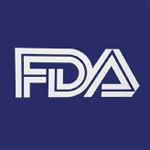
The U.S. Food and Drug Administration (FDA) has approved two new indications for the osteoporosis drug denosumab, as a treatment for bone loss in men receiving androgen deprivation therapy for nonmetastatic prostate cancer and in women receiving adjuvant aromatase inhibitor therapy for breast cancer.

Fifteen years from now, graduate business school students seeking a PhD in medical economics will write dissertations on the topic of proton therapy and its place in the health care reform efforts of the 2010s

This review discusses the rationale, history, and current status of proton therapy for prostate cancer-and controversies regarding it.

At the session on Management of Prostate Cancer in Older Adults: To Treat or not to Treat, Anthony D’Amico, William Dale, and Shabbir Alibhai all lent their clinical expertise in treating prostate cancer to outline the latest recommendations for screening and treating men for prostate cancer.
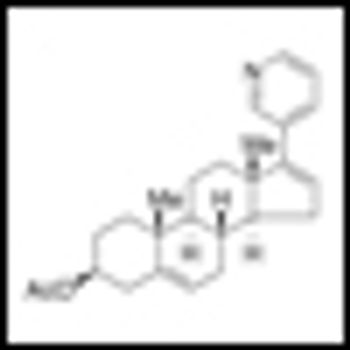
Abiraterone acetate has been shown to significantly acetate prolonged overall survival among patients with metastatic castration-resistant prostate cancer (CRPC) who previously received chemotherapy. The results of the Phase III study were published in the May 26, 2011 edition of the New England Journal of Medicine.

Drs. Ruch and Hussain provide an excellent overview of the emerging therapeutic agents and targets for advanced prostate cancer.

The article by Ruch and Hussain provides a comprehensive overview of the progress that has been made in translating basic science findings in prostate cancer biology to clinical trials.

This article will present a detailed review of the body of evidence regarding the PSA assay, with reflections on the resulting future of prostate cancer screening.

This review will discuss recently FDA-approved agents for advanced prostate cancer and those under investigation in phase III trials.

A study published in the journal Cancer on May 9 has now specifically examined the outcome of cancer survivorship of the gay, lesbian, and bisexual population. The study authors found that cancer outcomes differ based on sexual orientation.

Prostate cancer screening using prostate-specific antigen (PSA) testing has been a contentious subject.

The controversy surrounding PSA screening is one of the most heated in oncology. The potential benefits include prevention of prostate cancer morbidity and mortality, but the men potentially harmed through overdiagnosis and overtreatment outnumber those who benefit.
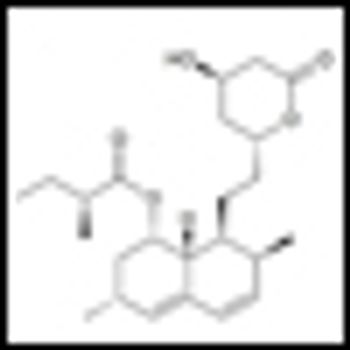
A large-scale, retrospective study published in the JNCI has now shown that men who take statins had lower incidence of total and high-grade prostate cancer compared with men who took antihypertensive medications.
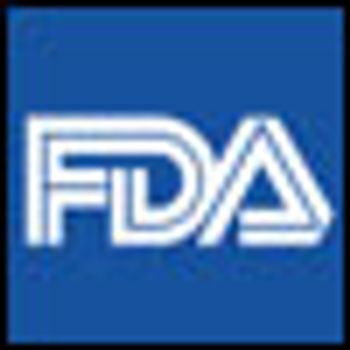
On April 28, the FDA announced the approval of abiraterone acetate (Zytiga) in conjunction with a steroid, prednisone, as treatment for late-stage (metastatic) castration-resistant prostate cancer patients who have received prior docetaxel.

An analysis of data from 3,400 men in the large nationwide Prostate Cancer Prevention Trial indicates that, contrary to what might be expected, men with the highest blood percentages of DHA (docosahexaenoic acid), an omega-3 fatty acid commonly found in fatty fish, had 2.5 times the risk of developing aggressive, high-grade prostate cancer, compared with men who had the lowest levels.
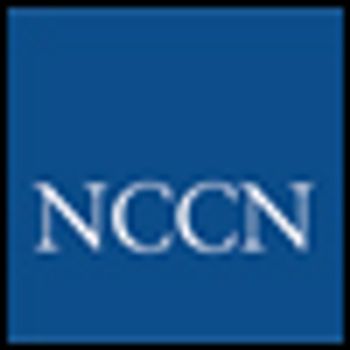
The question of whether men with low-risk prostate cancer should have their cancers vigilantly monitored is an ongoing issue for the National Comprehensive Cancer Network (NCCN) Panel on prostate cancer.

“Hallmarks of Cancer”, published in the journal Cell in 2000 provided a conceptual framework for the evolution of cancer as well as an all-encompassing review of the cancer field to date. The article is updated in the March 4th, 2011 issue of Cell.
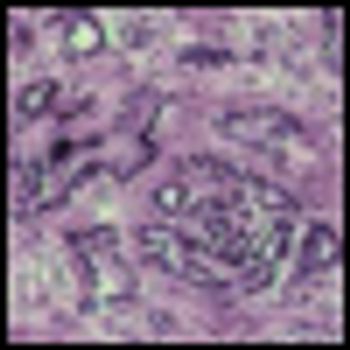
The Centers for Medicare and Medicaid Services (CMS) say that the first-ever cancer vaccine, sipuleucel-T (Provenge) from Dendreon would be covered for FDA-approved usages of the treatment.

As a clinician and researcher in the prostate cancer field, I have been hearing that prostate cancer is “20 years behind” breast cancer now for the last 25 years!

For many years, the results of large randomized clinical trials of cancer vaccines have not been good.
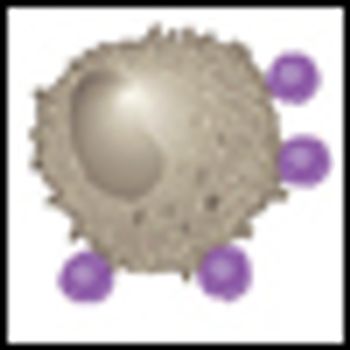
Prostate cancer is the second-leading cause of death in men in the United States; more than 217,730 new cases were expected to be diagnosed in 2010.[1] Although the majority of patients with advanced prostate cancer have an initial response to androgen deprivation, essentially all patients eventually progress to a castration-resistant state, manifested by rising levels of prostate-specific antigen (PSA),
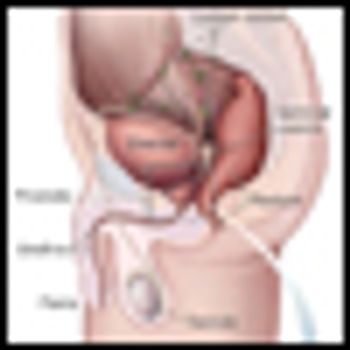
In a population-based screening study of nearly 20,000 men in Rotterdam, men with baseline prostate-specific antigen (PSA) levels < 3 ng/mL were at very low risk of developing prostate cancer.

In a study reported in Nature online on February 2, researchers describe a four-gene signature that was more accurate than the standard Gleason score test in predicting which patients would die from metastatic spread of their prostate cancer.
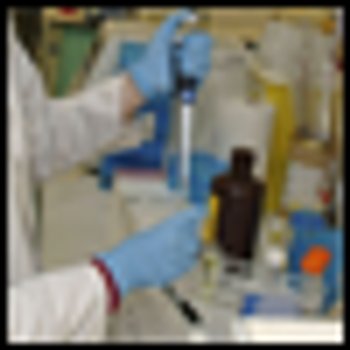
Researchers at the Queen Mary U. of London and a team of collaborators have identified a genetic signature among prostate tumors that may facilitate determining appropriate course of treatment for patients. The results of the study will be published in the March 2011 issue of Lancet Oncology.
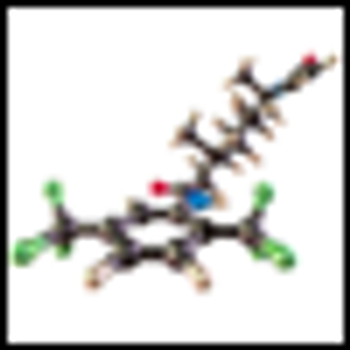
The GlaxoSmithKline (GSK) drug Avodart (dutasteride), already approved for treatment in men with enlarged prostate glands, has been rejected by the FDA for the additional indication of reducing the risk of prostate cancer.

Dong quai is a perennial herb native to China, Japan and Korea; its root has been used for thousands of years as medicine.